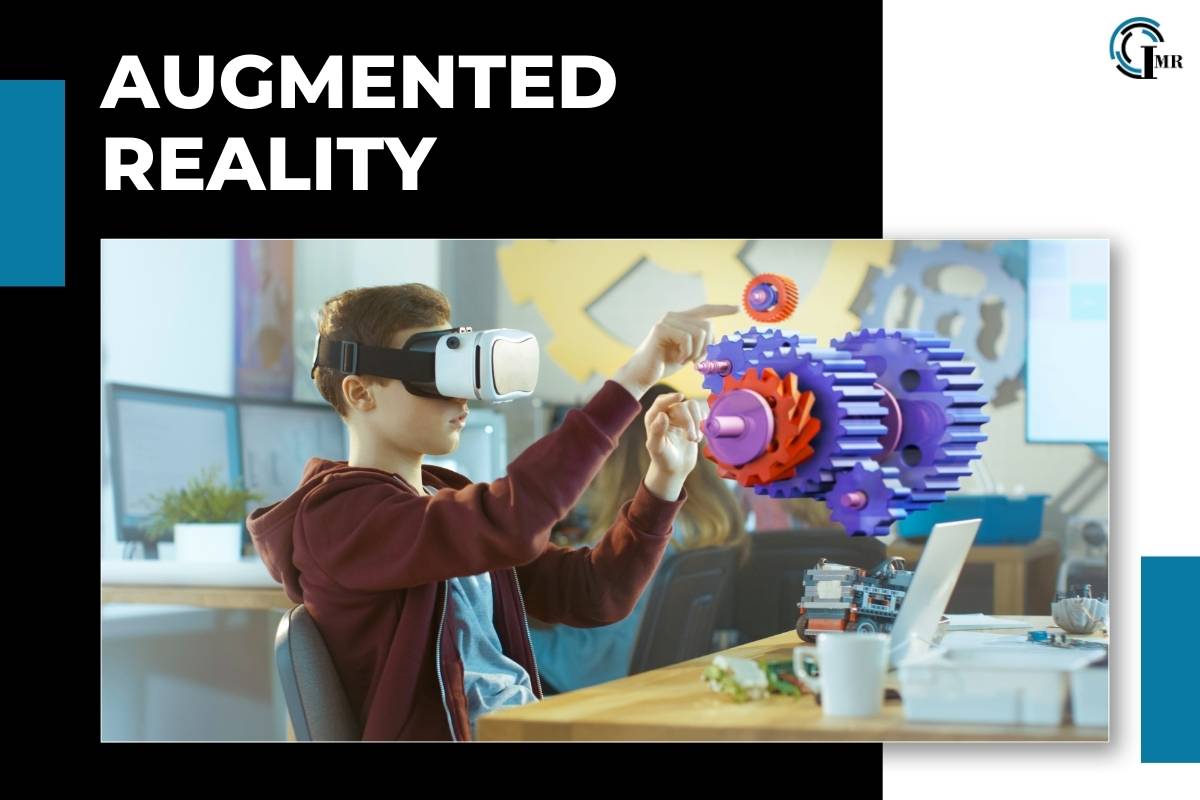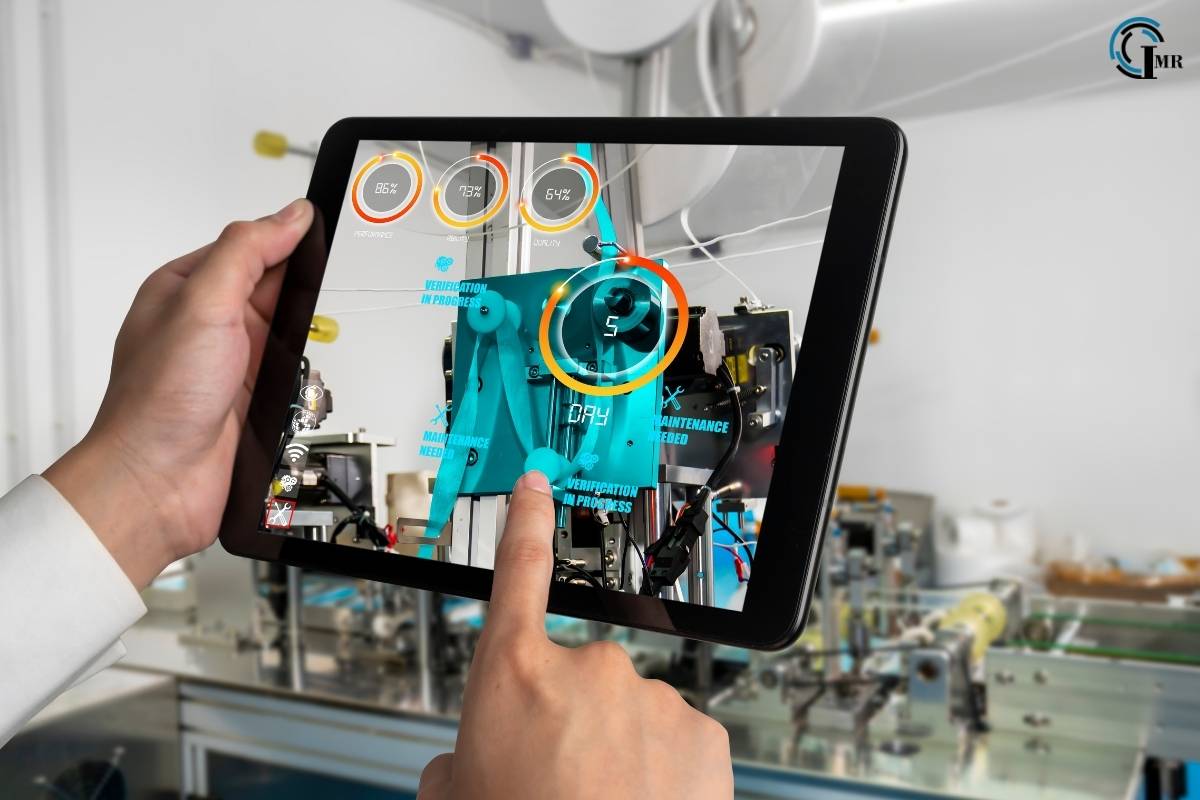The Expanding Frontier Of Augmented Reality: Transforming Industries And Everyday Life

Augmented Reality (AR) is rapidly emerging as a transformative technology that enhances our interaction with the world around us. By overlaying digital information onto our real-world environment, AR bridges the gap between the virtual and physical realms. With applications ranging from gaming to healthcare, AR is set to revolutionize how we perceive and interact with our surroundings. This article delves into the various applications of AR, its impact on different industries, and its potential future developments. We will also explore how the hologram industry is interrelated with AR, further highlighting its significance in modern technology.
Understanding Augmented Reality
At its core, augmented reality (AR) integrates digital content with the real world, enhancing the user’s perception and interaction with their environment. Unlike Virtual Reality (VR), which immerses users entirely in a virtual environment, AR overlays digital elements onto the real world. This can include anything from simple visual enhancements to complex interactive experiences.
For instance, AR applications can provide real-time information about landmarks when viewed through a smartphone camera or offer virtual try-ons for clothing and accessories. The technology relies on sensors, cameras, and software to accurately align and render digital information with the physical world, creating a seamless and engaging experience for users.
Applications of Augmented Reality

1. Healthcare
In healthcare, augmented reality (AR) has shown immense potential in enhancing both medical training and patient care. Surgeons can use AR to visualize complex procedures in real-time, overlaying critical information such as anatomical details directly onto the patient. This not only improves precision but also reduces the risk of errors during surgery.
AR also aids in medical education by providing interactive simulations for students. These simulations allow students to explore detailed 3D models of the human body, enhancing their understanding of anatomy and medical procedures.
2. Retail and E-Commerce
The retail sector has embraced AR to create immersive shopping experiences. AR applications enable customers to visualize how products will look in their homes before making a purchase. For example, furniture retailers use AR to allow customers to see how a piece of furniture fits and looks in their living space. This not only enhances the shopping experience but also reduces the likelihood of returns.
In e-commerce, AR tools can provide virtual try-ons for clothing and accessories. Customers can use their smartphones or AR-enabled mirrors to see how products look on them, making online shopping more interactive and personalized.
3. Education and Training
Augmented reality (AR) is transforming education by providing interactive and engaging learning experiences. AR applications can bring educational content to life, allowing students to interact with 3D models and simulations. For example, AR can be used to create interactive lessons on historical events, scientific concepts, or mathematical principles, making learning more engaging and effective.
In vocational training, AR can simulate real-world scenarios, allowing trainees to practice skills in a controlled environment. This is particularly useful in fields such as aviation, engineering, and emergency services, where hands-on experience is crucial.
4. Gaming and Entertainment
The gaming industry has been one of the earliest adopters of augmented reality (AR), with games like Pokémon GO demonstrating its potential for creating immersive and interactive experiences. AR games blend digital characters and objects with the real world, encouraging players to explore their environment and interact with virtual elements.
Entertainment companies are also exploring AR for enhancing live events and performances. For instance, AR can be used to create interactive stage effects, providing audiences with a more immersive and engaging experience.
The Intersection of Augmented Reality and the Hologram Industry

The hologram industry is closely related to augmented reality, as both technologies aim to create immersive and interactive experiences. While AR overlays digital information onto the real world, holography involves creating three-dimensional images that appear to float in space.
AR and holography can complement each other to provide even more enhanced experiences. For example, AR can be used to project holographic images onto physical objects or environments, creating a more dynamic and interactive experience. This integration of AR and holography can be particularly useful in fields such as entertainment, education, and advertising.
Future Trends and Developments in Augmented Reality
1. Enhanced AR Devices
The future of augmented reality (AR) will likely see the development of more advanced AR devices. While current AR applications are primarily accessed through smartphones and tablets, future AR headsets and glasses are expected to offer more seamless and immersive experiences. These devices will integrate advanced sensors, high-resolution displays, and powerful processors to provide users with enhanced AR experiences.
2. AI and Machine Learning Integration
Artificial Intelligence (AI) and machine learning are expected to play a significant role in the future of AR. These technologies can improve the accuracy and responsiveness of AR applications by enabling real-time analysis of the user’s environment. AI-powered AR applications can offer personalized recommendations, enhance object recognition, and create more realistic virtual interactions.
3. Expansion into New Industries
As AR technology continues to evolve, it is expected to expand into new industries and applications. For example, AR has the potential to revolutionize fields such as architecture, real estate, and manufacturing. In architecture, AR can be used to visualize building designs in real-world settings, while in real estate, AR can provide virtual property tours. In manufacturing, AR can assist with assembly processes and equipment maintenance.
4. Improved User Experience

Future developments in AR will focus on enhancing the user experience by making interactions more intuitive and natural. This includes advancements in gesture recognition, voice commands, and haptic feedback. By improving the way users interact with AR applications, these advancements will make AR technology more accessible and enjoyable.
Conclusion
Augmented Reality (AR) is a rapidly evolving technology that is transforming various aspects of our lives. From healthcare and retail to education and entertainment, AR is enhancing our interactions with the world and creating new opportunities for innovation. The integration of AR with the hologram industry further highlights its potential for creating immersive and interactive experiences.
As AR technology continues to advance, we can expect to see even more exciting developments and applications in the future. Whether through enhanced AR devices, AI integration, or expansion into new industries, the future of AR holds great promise for reshaping how we perceive and interact with the world around us.
In summary, augmented reality is not just a technological trend but a powerful tool that is shaping the future of various industries and our daily lives. Its ability to blend the virtual and physical worlds offers endless possibilities for innovation and growth.





Comments